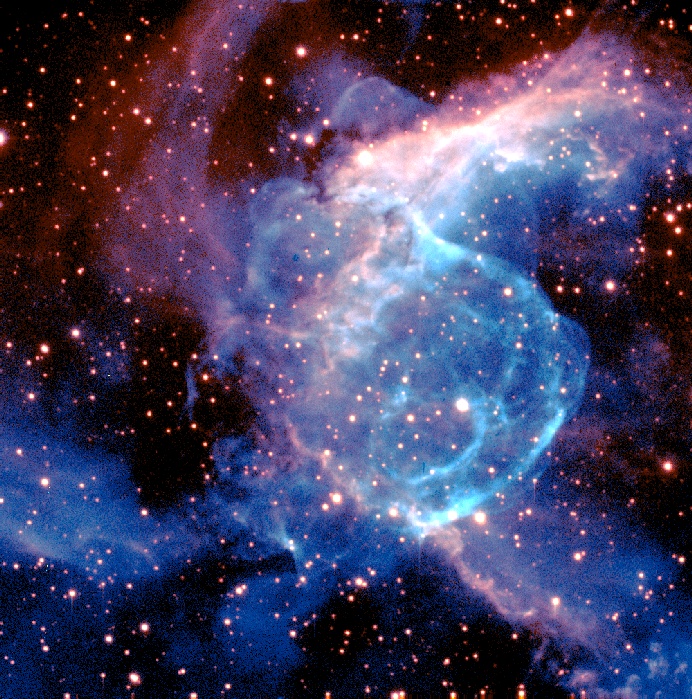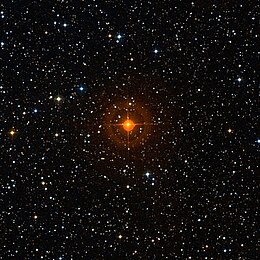BDanielMayfield wrote:Ann wrote:BDanielMayfield wrote:I hope Ann is ok.
I'm just back from Estonia!
Glad your safely back Ann.
U−B color index −7.445
B−V color index +5.000
Can you believe it? I am a color index nerd, and I have never heard of a U-B index of minus seven!!! Coupled with a B-V index of plus five!!!
It is not possible to understand why you are so worked up about these color numbers if we don't know what they mean. Could you explain index numbers please?
Let me give you an example. Mu Columbae is a very blue star, and above all it is very unreddened. Its spectral class is O9.5V, although it's also classified as B0V.
According to Jim Kaler, the temperature of Mu Columbae is 33,700 Kelvin. And according to
French Wikipedia, the B-V index of Mu Columbae is -0.28. That's a very blue color index. Any B-V index that is negative is blue, and indeed, some stars with non-negative color indexes are pretty blue, too. Go out one night when you can see both Jupiter and A0-type B-V = 0.00 star Vega, and make sure you're carrying at least a pair of binoculars. Start by checking out Jupiter through your binoculars and then check out Vega. You'll be surprised at how blue it is. Indeed, through a telescope Vega usually looks blue even if you don't compare it with Jupiter.
Zeta Puppis, artist's illustration by Kryptid.
Okay, so the B-V index of Mu Columbae is -0.28. What is its U-B index? It's -1.06. Again, that's very blue. Or rather, that's
very ultraviolet! I don't know any stars that are a lot more ultraviolet. Zeta Puppis, a star of spectral class O4if, an O4-type supergiant, has a B-V of -0.27 and an U-B of -1.09. Zeta Puppis is intrinsically hotter than Mu Columbae, but it is more reddened, which is why its B-V index is less negative than Mu Columbae's. But the U-B index of Zeta Puppis is more negative than that of Mu Columbae, and Zeta Puppis, as the hotter star, is undoubtedly the more ultraviolet.
My point is that I don't know of any star that has a more negative U-B index than ~-1.1, even though I suppose that there are many blisteringly hot white dwarfs that are more ultraviolet.
T Lyrae, a red carbon star.
Photo: Palomar Observatory.
T Lyrae is a rather famous and extremely red star. Its B-V varies, but it is around +5.5. I have seen one such star through a telescope, V Aquilae, and it was
red! V Aquilae is the only red star I have ever seen, because all the other "red" stars have just been yellow! Well, Mu Cephei, the Garnet Star, was actually faintly coppery.
What about the U-B index of T Lyrae? My software, Guide, unfortunately does not inform me what its U-B index is, but it must be pretty red, too.
So, to summarize: A B-V index of +5.5 is
very very red, and it indicates that the star is very red indeed. A U-B index of -7 is
so ultraviolet I can't believe it, and it indicates that the star is either absolutely crazily hot or crazily ultraviolet compared with how blue it is. I guess Chris is right, there must be something wrong about the estimated U-B index of Westerlund 1-26.
Ann
 The Massive Stars in Westerlund 1
The Massive Stars in Westerlund 1


